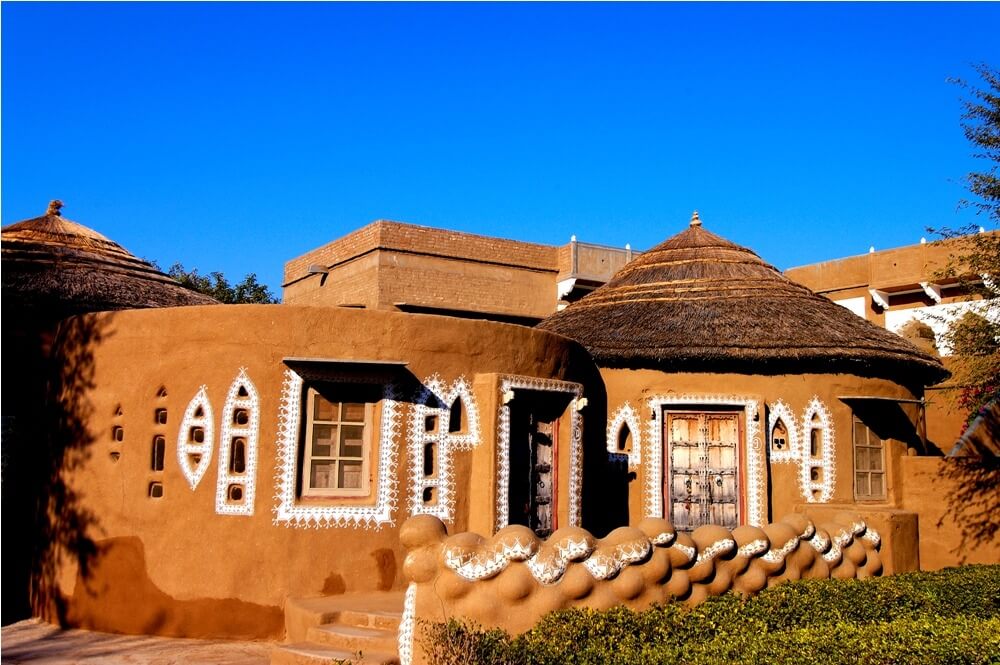Mandana Wall Paintings is very cool and royal. Planning a vacation to the Royal state of Rajasthan is at the top of every family’s bucket list. Upon that movies like Padmavat and Jodhaa Akbar have inspired us to know more about Rajputs, their culture, and their lifestyle.
Mandana Wall Paintings
The state of Rajasthan is a witness of numerous battles and change of power and which has made this state stronger and worth paying a visit to know about the beautiful and great history of our country, the huge forts and mesmerizing palaces are worth going there, along with these the state is also famous for its handicrafts and food.
One such is the Mandana wall painting, Mandana paintings are one of the oldest forms of tribal art in India that has survived over the ages by one of the oldest tribal communities, the Meenas.
This art is done on walls and floors, both within and surrounding the house, as a way to ward off evil and welcome the blessings of gods into the home. Within the Meena community, this painting is done predominantly by women, as it is their social role to take care of the house and the family. On the contrary, girls learn the art by observing and emulating their mothers.
Photos of Mandana Wall Paintings
Mandana is derived from the word Mandan which implies decoration. Historically, they have been practiced for centuries by women of the Meena community as decorations for special or festive occasions.
Among others, these events included communal religious worship, festivals and fasts, and lastly auspicious days in the life of the community such as birth or marriage. Many paintings are of gods and goddess as they are drawn during the festive season.
Many of the other patterns in the Mandana paintings are reminiscent of the designs of the altars of Vedic yagna, the vastu purasha mandalas and the floor plans of temples from the days of yore. There are many designs one sees in Mandana paintings that are directly influenced by architectural features as well as geometry.
How are they made Mandana Wall Paintings?
To draw a perfect Mandana painting, there is a procedure, firstly the floor or the wall on which the painting needs to be drawn is washed with clay i.e with a mixture of cow-dung and water, the pictures are drawn using rudimentary tools such as brush or cotton.
The colours used are very minimal such as white and red and the being that they are found easily in the surroundings The usual themes of a Mandana are elements of nature such as varieties of flowers and plants, birds and animals.
Other prominent imagery includes deities or others that are perceived to have taken the form of an animal (also known as zoomorphs) as well as humans as depicted in the earliest forms of wall art (known as anthromorphs).
Modern scenario of Mandana Wall Paintings
With the development of technology and modernization,this art form has taken a setback, and this has a few practical problems as to draw the paintings clay walls are required as they absorb the colour and sadly even in villages walls of the houses are made of bricks.
Mandana paintings have also been adapted onto sarees and salwar kameez for greater diversity in aesthetics. Today Tonk and Sawai Madhopur in Rajasthan are two among the few villages where this art form is still prevalent.
We just hope this art form is brought to light by the governments and the women practicing are encouraged in doing so.






